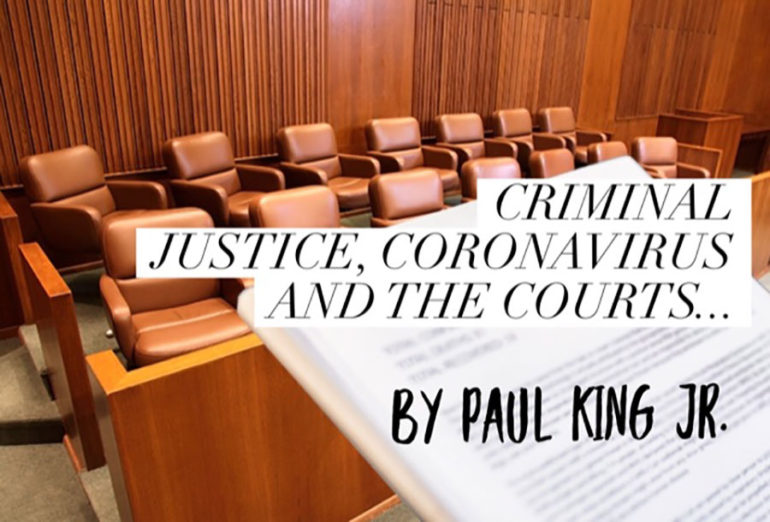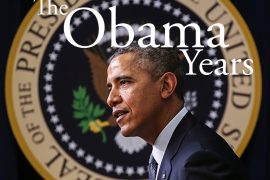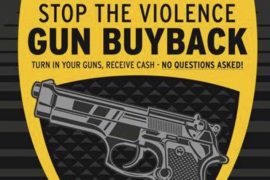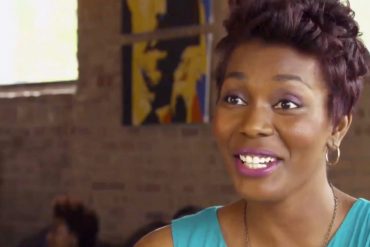There are over 2.3 million Black people in jails and prisons in the United States.
That terrible fact, explained in detail by Michelle Alexander in her book The New Jim Crow, becomes even more ominous now that the COVID-19 virus is racing through prisons and jails across the land.
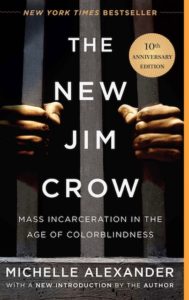 Alexander shows the many parallels between mass incarceration and Jim Crow. The most obvious is illegal discrimination. Like Jim Crow, mass incarceration marginalizes large segments of the African American community, segregates them physically (prison, jails, ghettoes) authorizes discrimination against them in voting, employment, housing, education, public benefits and jury service.
Alexander shows the many parallels between mass incarceration and Jim Crow. The most obvious is illegal discrimination. Like Jim Crow, mass incarceration marginalizes large segments of the African American community, segregates them physically (prison, jails, ghettoes) authorizes discrimination against them in voting, employment, housing, education, public benefits and jury service.
Ta-Nehisi Coates, a writer and thought leader among the next generation of Black leadership, explained the connection in a recent edition of Atlantic Magazine:
“The Blacks incarcerated in this country… hail from communities that have been imperiled across the deep and immediate past and continue to be imperiled today. Peril is generational for Black people in America. And incarceration is our current mechanism for ensuring that the peril continues. Incarceration pushes you out of the job market, disqualifies from feeding your family with food stamps, and allows for housing discrimination based on criminal background checks. Incarceration increases your risk of homelessness. Incarceration increases your chances of being incarcerated again.”
An African American need not be accused of a crime to become snared into the criminal justice web. Sarah Stillman of the New Yorker recently chronicled the path of Rosyln Crouch of New Orleans, La. This Black mother of 12 had a 4-year-old material witness warrant out for her arrest in Orleans Parish. Material witness warrants allow law enforcement to arrest and jail someone 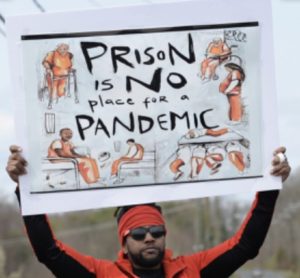 who hasn’t been accused of a crime — and may even be a victim of the crime in question — in order to insure her testimony. In 2016, an Orleans Parish Prosecutor had requested a warrant for Crouch, to compel her testimony in the trial of a man accused of shooting one of her friends. Why not home arrest or a monitoring bracelet?
who hasn’t been accused of a crime — and may even be a victim of the crime in question — in order to insure her testimony. In 2016, an Orleans Parish Prosecutor had requested a warrant for Crouch, to compel her testimony in the trial of a man accused of shooting one of her friends. Why not home arrest or a monitoring bracelet?
The incarceration situation is made insufferably worse by the coronavirus. At Louisiana’s Elayne Hunt Correctional Center some 85% of the women (65% Black) have tested positive for the coronavirus and 2 inmates have died. Closer to home, Chicago Blacks have accounted for 56% of COVID-19 deaths though we are only 30% of the city’s population.
Race and Coronavirus
The New York Times lodged a Freedom of Information Court Petition which forced the Center for Disease Control (CDC) to provide greater specificity on coronavirus infections and deaths according to race and ethnicity. Why have Black people have been disproportionately affected by the coronavirus.
A closer look leads us to the same old same old: decades of spatial segregation; inequitable access to testing and treatment; and now we learn – the withholding of racial/ethnicity data from reports on virus outcomes’” There’s nothing different biologically about race. It is the condition of our lives “says Dr. Camara Phyllis Jones MD, PHD”
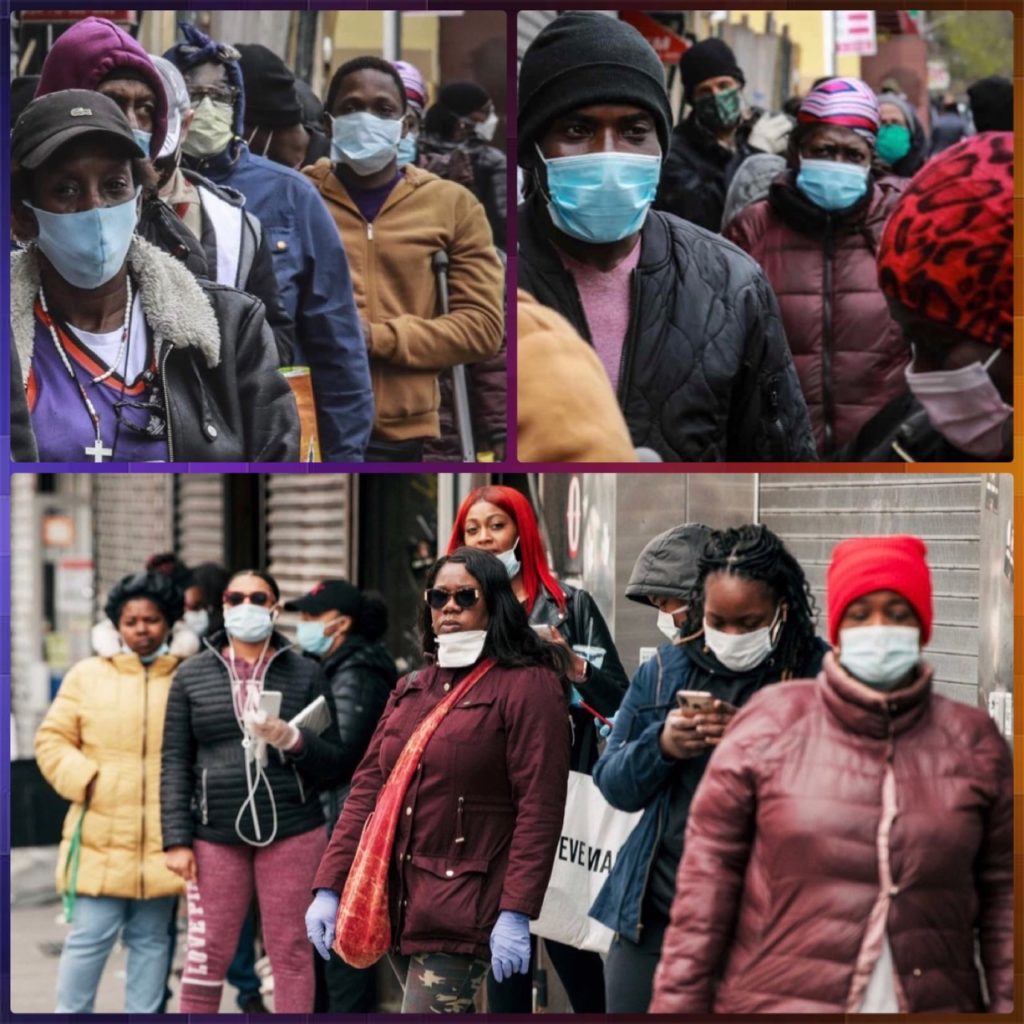
This disease has traveled the country across hundreds of counties in urban, suburban and rural areas and across all age groups. Yet Black people have been nearly twice as likely to die from the virus as white people.
I’ve long wondered what the motive is for withholding the race of coronavirus victims. Was it inefficiency? Further investigation shows that CDC depends on reports from local and state sources. The hospitals and medical departments have been so overwhelmed that they’ve not gotten timely reports to the CDC. Not only is race and ethnicity missing from over half of the CDC reports, so are potential likely sources of individual cases. Fully 43% of Black workers are employed in service or professional jobs that can’t be done remotely compared to one in 4 white job holders.
Doubtless this accounts for some of the Black virus burden. The problem is there was no THERE there! This is significant because earlier we were told that preexisting conditions — asthma, obesity, high blood pressure, etc. — were the main causes of death to Blacks. Not that simple. CDC information was wrong! Some say the lack of transparency and the gaps in information highlight a key weakness in the public health surveillance system. But here’s the thing. CDC states that the gaps in their data are because of the nature of the national system which depends on local agencies. Think about this: the CDC asks state and local health agencies to collect detailed information about every person who tests positive. But it cannot force local officials to do so. Or upgrade their gear, apparently. One reason the virus among Blacks is going unreported and hence unattended is that many local and state agencies still use FAX machines to convey test results to CDC.
Black Lives Matter?
Another reason could be that state’s may be so eager to “open up” their economies that they intentionally withheld the number of cases. And if its mainly a Black problem, who cares? Now that race-accurate data is beginning to flow to-and-from CDC, we can see that factors beyond prior health issues are causing African Americans to have an outsized number of virus illness. Among them are: having to leave home to work; leaving and returning to a crowded apartment; using crowded public transportation; going to a crowded work place. All of this besides a lack of healthy food options and access to health care.
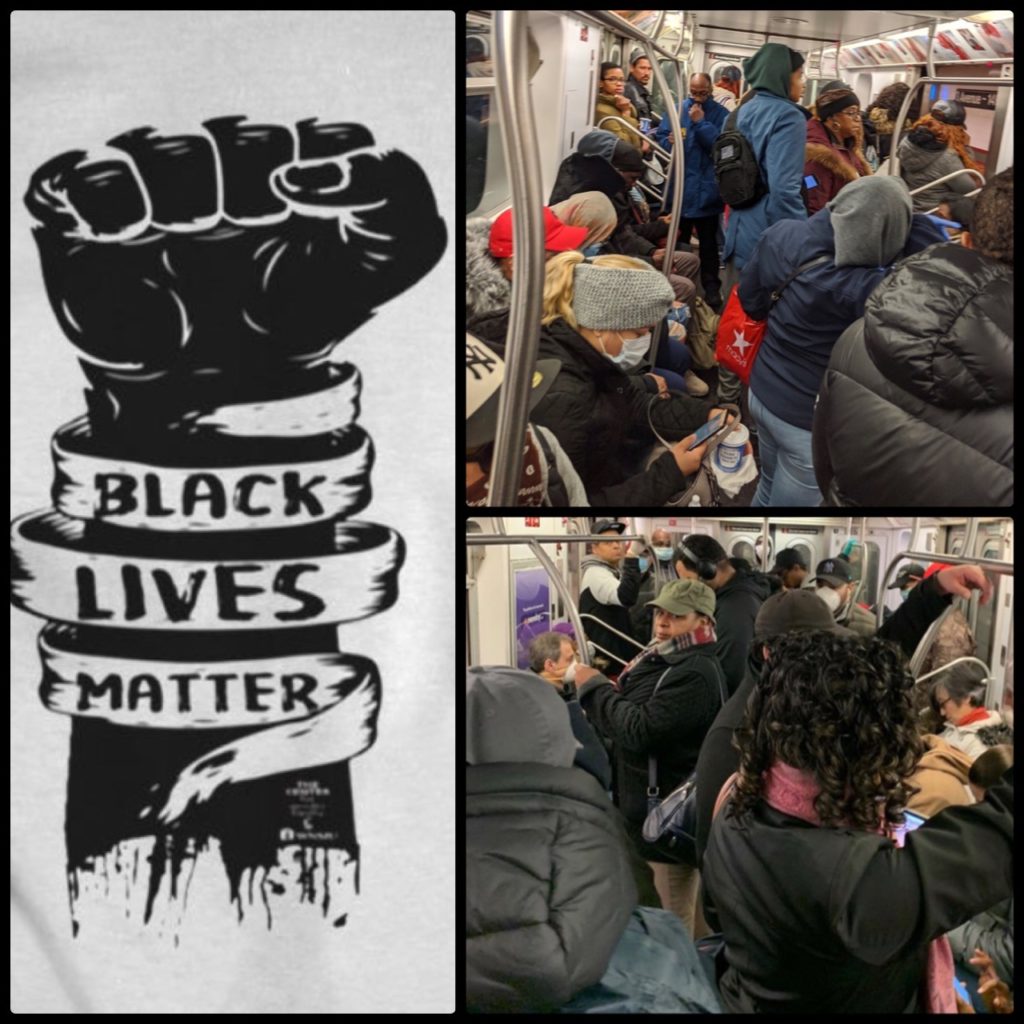
Those of us fortunate enough to be able to work remotely can’t even fathom these things! In June CDC estimated that the true tallying of virus infections was 10 times the number previously reported cases. That difference in the reporting of cases explains some portion of the race and ethnicity disparities, but clearly there have been significant miscounts in the number of deaths and cases.
It should come as no surprise that the daily routine of many Blacks places them at risk. Using public transportation, living in crowded quarters, working on society’s crowded and hectic “front lines.” For example, Black workers make up about one in nine members of the workforce but one in six of all front-line workers. They are disproportionately represented in grocery, convenience and drug stores (14.2%); public transportation (26%); trucking/warehouse and postal service (18.2%); health care (17.5%); child care and social service (19.3%). In the near term this protects them from job loss, but it exposes them to greater likelihood of infection, write Elise Gould and Valerie Wilson of the Economic Policy Institute.
A case for the Courts?
The 6th amendment to the Constitution guarantees certain rights of all criminal defendants:
- Public trials
- Speedy Trial
- Right to a lawyer
- Right to an impartial jury
- Right to know who your accusers are
- The nature of the charges against you.
Ought not the virus now racing through our prisons and jails trigger long-overdue litigation to end once and for all the injustice of mass incarceration?
Judge Jed S. Rakoff, writing recently in the New York Review Books, observes ”the most immediate need is how to address applications from incarcerated prisoners seeking to be transferred from jail or prison to home confinement. Prisons are potentially fertile ground for the spread of coronavirus, since social distancing is not practical, sanitary conditions are less than ideal and medical assistance is limited. This is made all the worse by the scourge of mass incarceration which has led to overcrowding in a great many prisons”
The Judge further states there are two inmate categories seeking parole. Those awaiting trial found to be substantial flight risks or dangers to the community, and those who have been convicted and are now serving their sentences yet are seeking permanent or temporary release because of old age, medical history, etc. Both categories are at a higher risk of death from Covid19.
Then there are the drastic physical constraints that the virus has imposed on the operations of our Courts. Trial-by-remote-video makes it hard for parties, especially jailed defendants, to contact their counsel and vice versa; the public has a right to be present but Judges working remote and not in courtrooms won’t accommodate this. Bringing all affected parties before the judge is all but impossible for those having limited technology access; in a Zoom hearing even an experienced lawyer can’t get a feel for what arguments are persuading the judge and which are not; personal interaction between judges and lawyers is absent -a big loss to the defendant; many parties in civil cases rely on briefs and dispense with oral arguments. This would be unfortunate… only at oral argument does the judge get to ask questions of counsel.
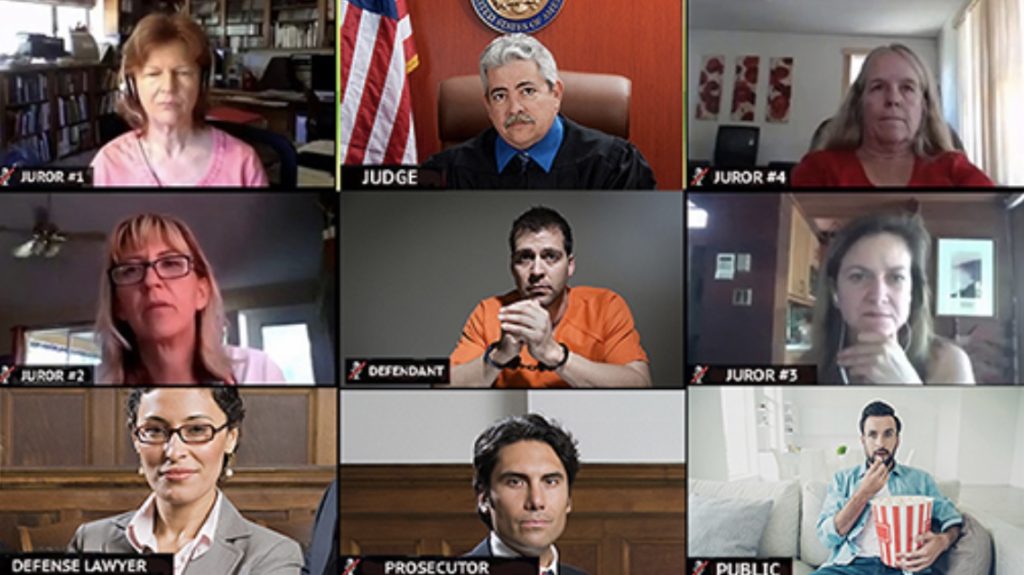
Rakoff worries further “If Juries can reconvene by July of this year , their absence since March will be an inconvenience. If by then, restrictions such as groups of 50 or more can be lifted. If it goes well past July and for months to come, it is still dangerous for 12 people to gather together in tight quarters to hear and discuss civil and criminal cases , it is not easy to see how constitutional right to jury trial can be met. Our system of Criminal Justice is being materially compromised by the corona virus pandemic in ways both obvious and subtle.” (This week the Leighton Criminal Courts reopen in Chicago, so we’ll see)
A modest ”to do” list
As is my habit, let’s close with an achievable “to do” list:
- Public Health Officials must identify who is at risk and who has been exposed through testing and contact tracing;
- Public Health Interventions must involve members of these at-risk communities – including the jailed –so they are tailored to meet their respective needs;
- Transportation must be provided for non-car owners to and from testing sites;
- Place matters, too, so officials need to review zip codes with higher COVID-19 cases and dispatch testing there;
- Community leaders in areas hardest hit by the virus need to be included in policymaking, especially discussions about re-opening.
And here’s a 6th suggestion for extra credit: Interruption and Intervention are needed to “stop the bleeding.”
First on my list of interrupters is the renowned epidemiologist Dr. Gary Slutkin, founder of Cure Violence. Then there’s the ACLU, Illinois Health Matters; West Side Justice Center; Cook County Physicians Association; and the Cook County Bar Association, to name a few.. These organizations should be funded in the negotiations BLM is having with major corporations.
Now is the moment to address longstanding issues. The fallout from George Floyd’s murder has many corporations committed to contributing to NAACP Legal Defense Fund, to ACLU, and to Bryan Stevenson’s Equal Justice Initiative, each of which is worthwhile and effective. There needs to be collaboration with local Chicago area advocates like those listed above.
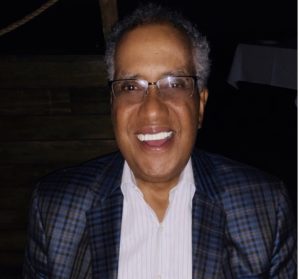
In a subsequent opus, we are going to examine what kind of Black Business Spend does Apple, Amazon, Adidas, Microsoft and the other business behemoths do. Will they do the hiring and support the development of Black professionals that are needed in their respective organizations? That and the $1.5 trillion infrastructure spending bill passed recently by the U.S. House. It will be closely monitored.
The Floyd killing , the relentless Covid 19 epidemic coupled with the logorrheic Presidential drivel has wounded America. Correcting the imbalance of Black incarceration , coronavirus infection, along with Reporting transparency can contribute to the Country rising like a phoenix from the ashes.

